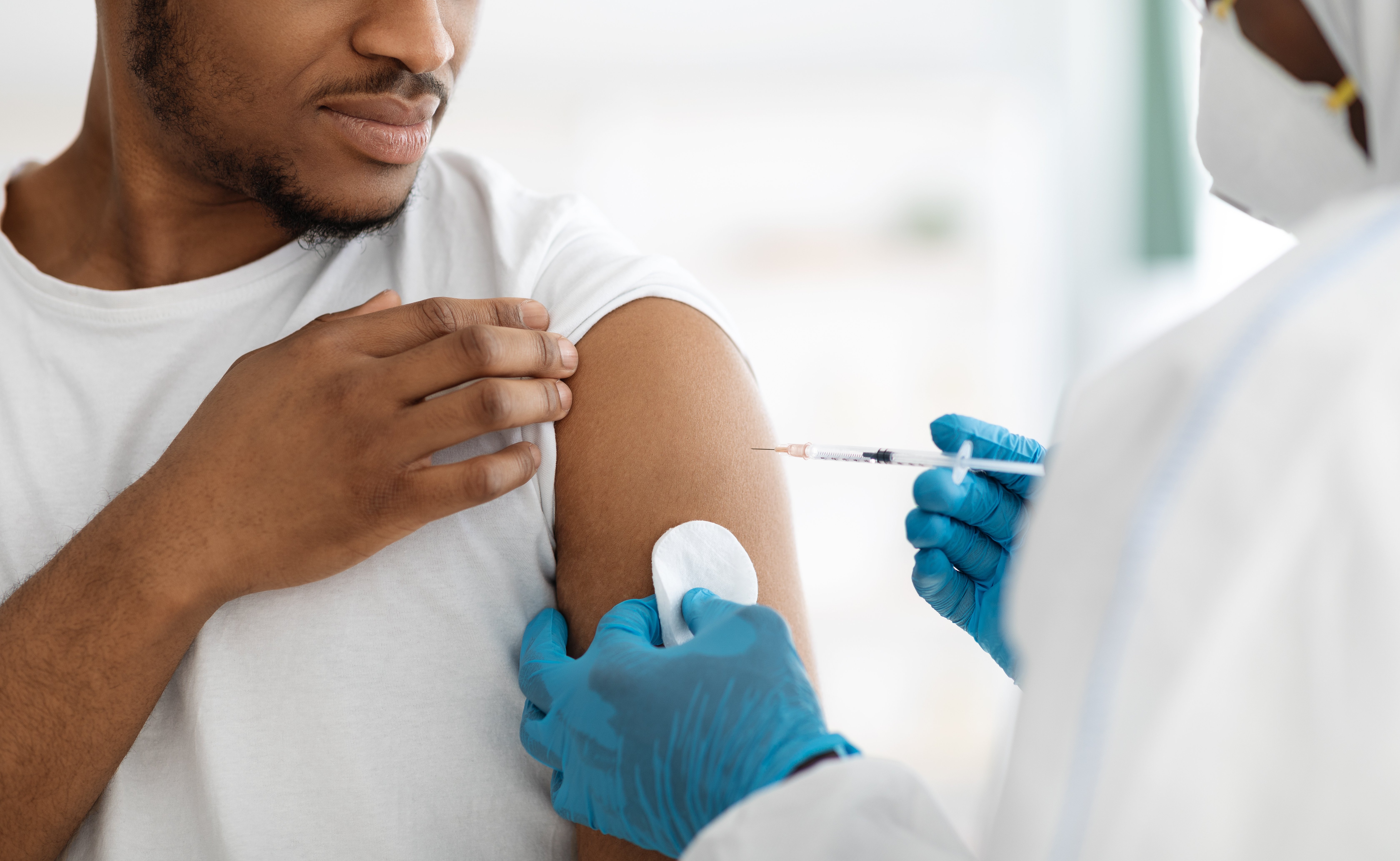A recent article in The New York Times details the difficulty of recruiting Black and Latinx volunteers to participate in COVID-19 vaccine testing. So far, only 3% of national volunteers for the clinical trials are Black.
Increasing recruitment in Black and Latinx communities is a matter of extreme urgency: with Black individuals dying from COVID-19 at two times the rate of their white, non-Hispanic counterparts, it’s a matter of life and death. Getting greater clinical trial participation by Black and Latinx populations may have an added benefit of helping to convince others in their communities to get the vaccine once it is available.
Public health officials and local clinical trial recruiters must recognize and address the complex social and historical forces that account for the lack of volunteerism. The Times author noted a deep skepticism of a vaccine among these communities, citing infamous medical experiments including the Tuskegee syphilis study, reduced access to quality healthcare, and differences in average life span as a function of chronic disease.
It is no secret that communities of color have tragically worse healthcare results than others. We were recently reminded of this fact by the untimely death of the actor Chadwick Boseman of colon cancer, a disease that Black males are 20 percent more likely to suffer from than white males and 40 percent more likely to die from.
An instructive approach to how the healthcare industry (pharma, insurers and hospitals) and public health officials might overcome these challenges is to look at the rollout of the human papillomavirus (HPV) vaccine. Initially, pharmaceutical companies had a difficult time persuading Black communities of the safety of the vaccine for their pre-teens, based upon the communities’ negative history with the pharmaceutical industry.
But, by utilizing the tool of active listening and being thoughtful, creative, and honest in the ways researchers engaged communities, taking the time to understand their constituents’ concerns and forming key partnerships, the companies were able to achieve greater uptake of the HPV vaccine. And as a result, far fewer Black women will get and die from cervical cancer and will have fewer reproductive health problems.
Using a community-centered focus, here are some ways they increased HPV vaccination:
-
A culturally-tailored media intervention: Researchers in Atlanta developed Girls OnGuard, a computer-based media intervention, to increase HPV vaccination rates among Black girls. In a study, participants who viewed this programming were more likely to receive the three rounds of vaccination than were the study’s control group.
-
Direct community engagement: In Denver, researchers utilized focus groups for Latinx participants, recruiting from five clinics that serve low-income, medically underserved, and migrant farmworker populations. Feedback from these groups revealed information gaps about HPV vaccination and cultural specificities related to vaccination. Investigators were able to take this information and tailor it in a manner that was culturally responsive, thereby increasing their uptake of the HPV vaccine.
-
Collaborative strategy sessions: Researchers at the University of Chicago brought together multi-ethnic clinicians, researchers, community-based organizations, and pharmaceutical representatives, with community members, to develop strategies to improve knowledge of and attitudes towards the HPV vaccine. This collaborative approach was designed to match the racial and ethnic composition of communities of color in an effort to improve understanding and responsiveness.
With the COVID-19 pandemic continuing unabated, the pharmaceutical and health care industries will be under continued pressure and scrutiny and thus cannot afford any missteps with the rollout of the vaccine. People of all communities are anxious and scared about the pandemic, communities of color are even more afraid given the disproportionate losses they’ve suffered. The companies that will be charged with vaccinating an entire country must not take a one size fits all approach. Rather, they need to spend the time now to understand the specific concerns of each community they need to reach and put plans in place to do their outreach as effectively as possible. By adopting community-centered strategies similar to those used during the HPV vaccine rollout, there is a greater likelihood of successful engagement and increased vaccine delivery.




